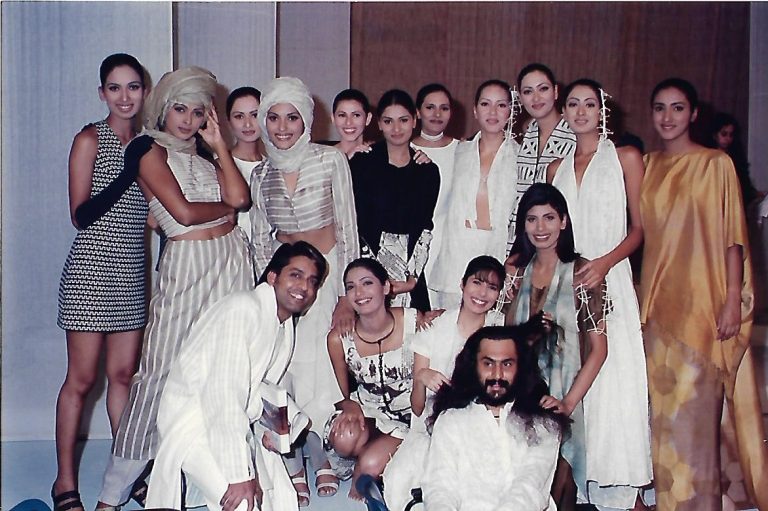Fashion connoisseur. Graphic designer. Interior decorator. Jewellery designer. Photographer. Sangita Kathiwada is a woman of many talents. When she first established her brand Mélange, she wasn’t following any fashion trends or trying to make a point. She was simply doing what she knew, understood and above all, loved. She was putting together a well-curated, hand-picked selection of accessories and textiles in a place that appealed to her sensibilities. Little did she know that she was creating a fashion revolution of sorts! Ever since she was a little girl studying in a school in Indore, Sangita had a creative streak. She was a thinker. No matter what projects she took on, she would always think outside the box, wondering how she could convert those small school projects into larger ones and have a positive impact on more people. In fact, she reminisces, “When I was a baby, my family would give me a piece of fabric to play with when I’d cry. And I would just play with it for hours, without shedding a single tear!” It’s no wonder then that in 1992, she went on to set up India’s premier fashion house Mélange, in a 100-year old wine cellar in Mumbai. “We sold out within the first three days of opening!” she says.
It must be noted—at a time when sustainability was not all the rage, Sangita launched a brand that took an environmentally conscious approach to fashion. Think bamboo hangers, unstructured garments and breathtaking outfits made from cotton and silk. In fact, for the brand’s first anniversary, she put together a khadi fashion show at the Royal Opera House. Not only did she work with designers like Ramesh Nair and Hemant Trivedi, who were then at the nascent stages of their respective careers, but she also ensured that the experience was impactful in every way, by draping the red velvet seats in white khadi, among other things. She has always been a proponent of this fabric. For Sangita, a sustainable approach to fashion was, more than anything else, a way of life. Her efforts at creating such khadi collections have been instrumental in giving this hand spun Indian fabric, international appeal.
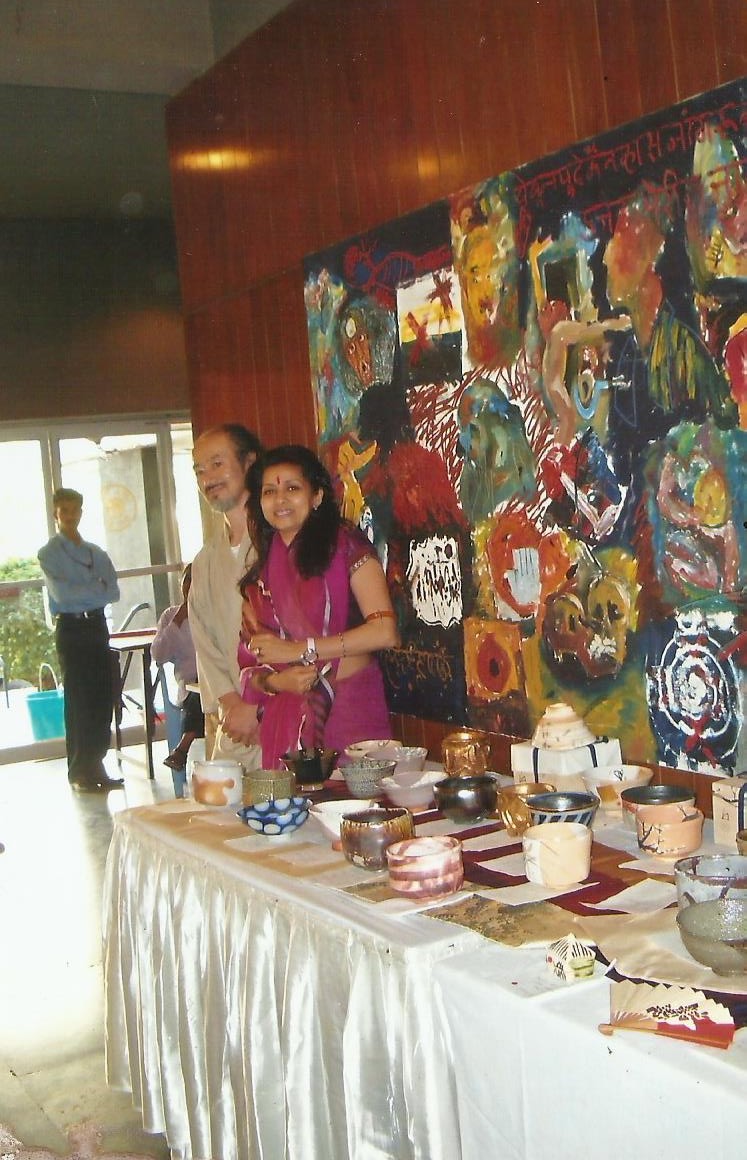



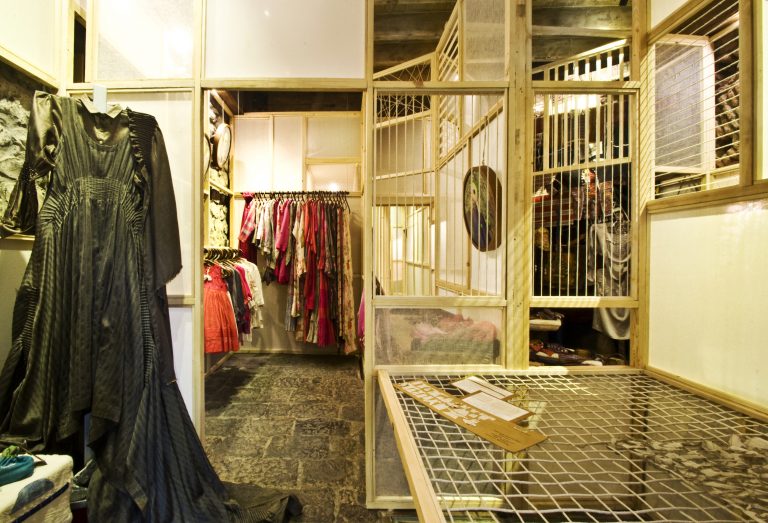

Mélange was also one of India’s first multi-designer stores. Sangita’s innate sense of style and her eye for aesthetics allowed her to spot talent that had never showcased their work before. She became a mentor to every designer who joined her fold. In fact, some of today’s most iconic and popular designers, including Sabyasachi Mukherjee, Savio John, Priyadarshini Rao, the late Wendell Rodricks and Sanjay Garg, to name a few, were first noticed by Sangita.
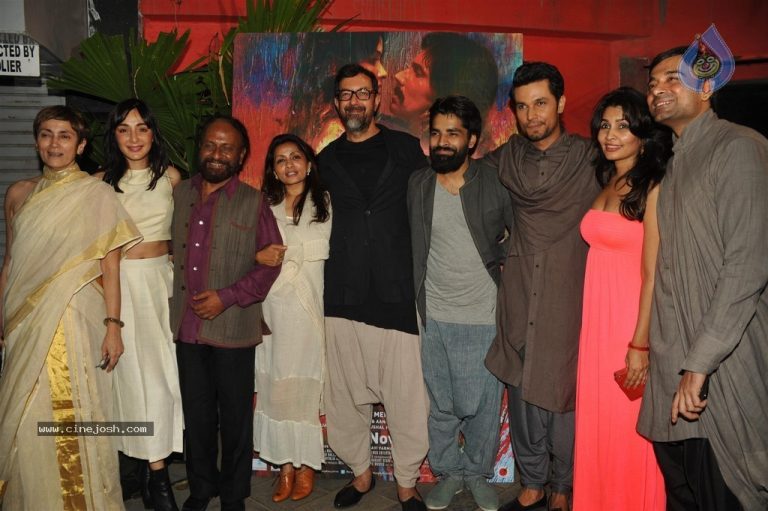

Suffice to say that Mélange and Sangita have both been forces to reckon with. A few years ago, the Altamount Road store completed 25 wonderful years of fashion with a conscience. The store, which features unconventional outfits crafted from khadi, cotton and linen, has always seemed to draw in a diverse set of shoppers—families with old money from the posh areas of Napean Sea Road and Altamount Road, talented textile artists from Japan, filmmakers from across the globe and Bollywood stars the likes of Jaya Bachchan and Shabana Azmi. Even veteran actor Neena Gupta confessed to travelling all the way from Juhu to Altamount Road twice a month, because there was no other place that she liked better for tunics and saris, and for silhouettes that sat just right. “Manish Malhotra also liked to drop by and draw inspiration from the non-embroidered outfits at the store. In fact, he chose a specific garment from here and styled it with a costume for the film Rangeela.” puts in Sangita.
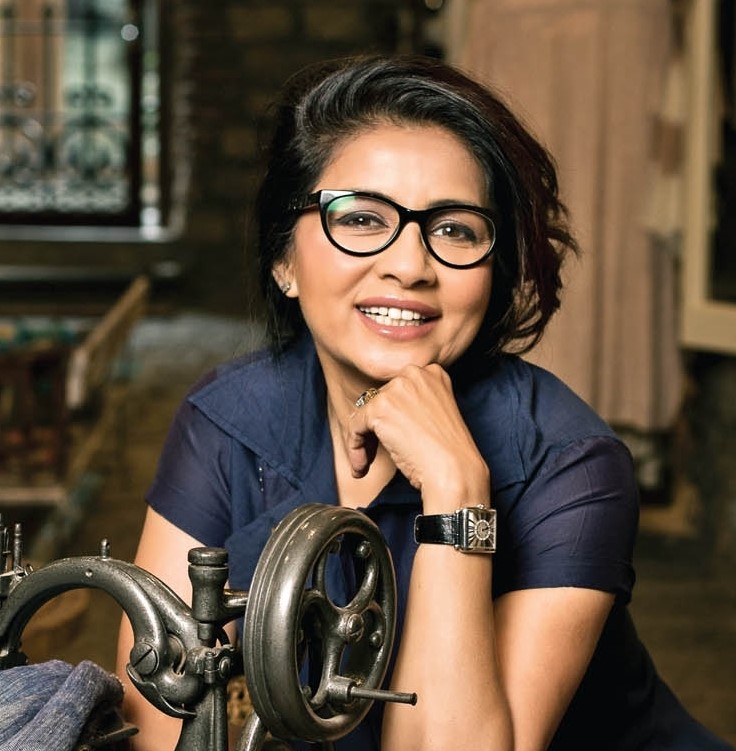

But what truly sets this exceptionally gifted woman apart, is the manner in which she thinks—not just about her brand, but about the many capable artisans who made all of this possible for her. When Mélange opened its doors and became a resounding success practically overnight, Sangita was overwhelmed, to →
say the least. She realised that the craftsmen were the ones who were to be credited with the praise that was pouring her way. So, she got talking with her uncle, Mr Kamal Morarka and decided to set up the Morarka Foundation to bridge the gap between urban people and rural audiences, so that users could directly interact with the artisans and better understand the entire process of design.
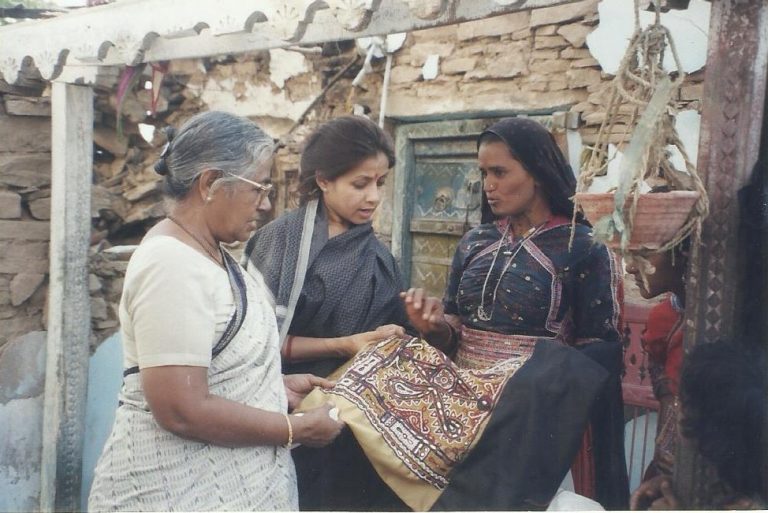

If you thought it all ended there, think again. Being the powerhouse of talent that she is, Sangita wonderfully restored her late husband’s family’s royal hunting lodge into a luxurious retreat. The 105-year-old Kathiwada Raaj Mahal in Madhya Pradesh is nestled amidst 120 acres of lush, privately owned farmlands. And it reflects Sangita’s design expertise in every way. “Each room at the Mahal features specially woven textiles. The dining room is kitted with art deco dining chairs, which I chanced upon in my mother-in-law, the Princess of Limbdi’s, trousseau trunks!” Her efforts also include using five different kinds of marble in the bathrooms at the Mahal, creating a beautiful breakfast room at what was once the driveway and using seven kinds of tweed from Bhagalpur, in the library. She also curates yoga and wellness retreats that are popular haunts among some of the most renowned artists, authors, photographers and culinary experts.
She’s dynamic. She’s magnanimous. And she has big dreams that she aims to fulfil at top speed. Truly, there’s no stopping her!


